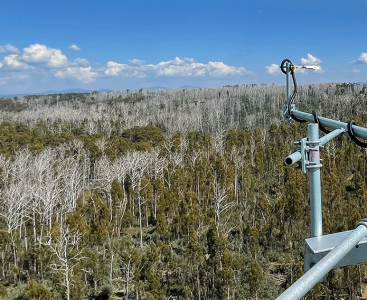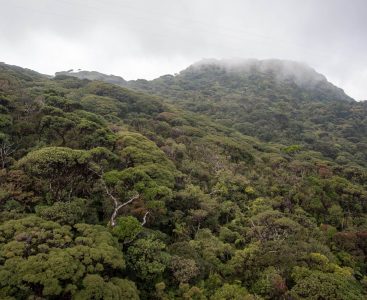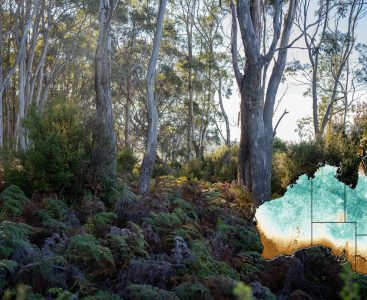News
Director’s Update, October 2025
October 23, 2025
Latest News Project Office & Governance
Take the survey on the 2026 National Infrastructure Roadmap Consultation by 1 December.
Find out more
Satellite Eyes in the Sky: Revolutionary Method Detects Drought Stress Before It’s Too Late
October 23, 2025
Carbon & Water Land & Terrain
A new space-based early detection system makes it possible to monitor vegetation drought stress while the vegetation is experiencing it.
Find out more
The Connected Atmosphere: exploring flux dynamics from forest floor to upper atmosphere
October 23, 2025
Carbon & Water Data & Analytics
The atmosphere we breathe is shaped by constant exchanges of matter and energy across every layer.
Find out more
From Carbon Sink to Carbon Source
October 23, 2025
Carbon & Water
New findings published in Nature reveal that the aboveground biomass in Australia’s tropical forests now releases more carbon than it absorbs.
Find out more
TERN Vegetation Carbon Isoscape gains global attention
October 23, 2025
Data & Analytics Land & Terrain
TERN’s first-of-its-kind map of plant carbon isotopes is gaining international recognition.
Find out more
Director’s Update, September 2025
September 30, 2025
Project Office & Governance
With the keynote address provided by Professor Emily Nicholson from University of Melbourne, TERN’s Biennial Science Symposium showcased over 2 days just how much TERN ...
Find out more
A Century of Watching the Bush Come Back: separating the effects of grazing from climate variability through long-term monitoring
September 30, 2025
Biodiversity Carbon & Water Data & Analytics Land & Terrain
In the harsh, sun-baked country 400 kilometres north-east of Adelaide, something remarkable has been quietly unfolding for nearly a century. Behind a simple fence on ...
Find out more
The Blue Mountains Hub for Ecology and Conservation
September 30, 2025
Biodiversity Carbon & Water Data & Analytics Land & Terrain
Realtime sensor networks for measurement of plant performance Background The Greater Blue Mountains World Heritage Area constitutes one of largest tracts of protected bushland in ...
Find out more
TERN’s data innovation for a new era
September 30, 2025
Data & Analytics
TERN ushers in a new era of ecosystem data discovery and access
Find out more
Partnering with Indigenous land managers to monitor critical indicators of environmental change in coastal wetlands
September 30, 2025
Biodiversity Carbon & Water Land & Terrain
TERN staff travelled to coastal wetland sites in north Queensland this year to reconnect with local partners, collect data, and plan new collaborations with Indigenous ...
Find out more
Subscribe to TERN News
Project updates, data releases, research findings, and users stories direct to your inbox.











